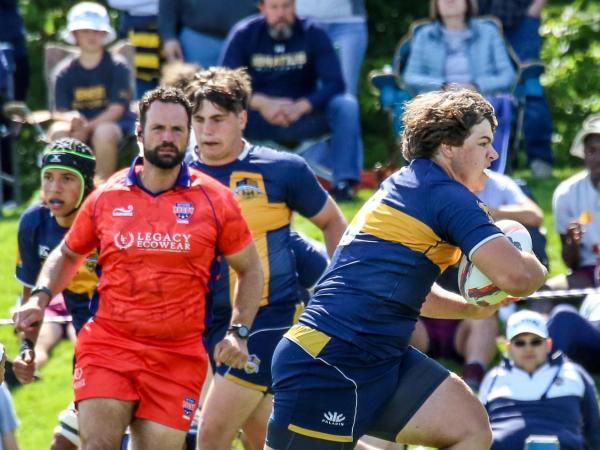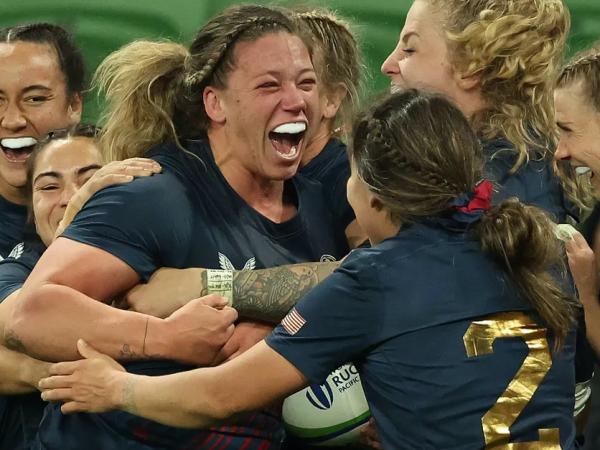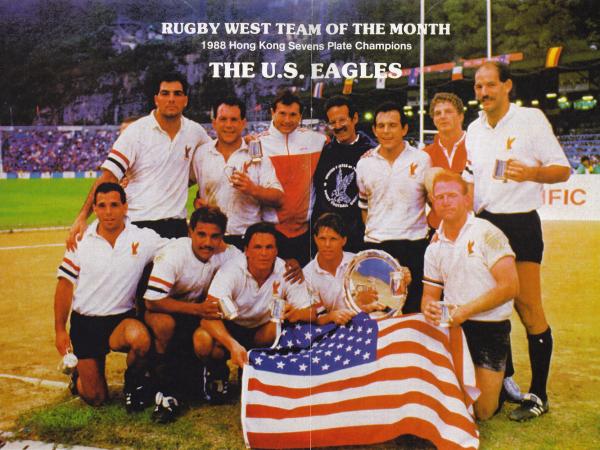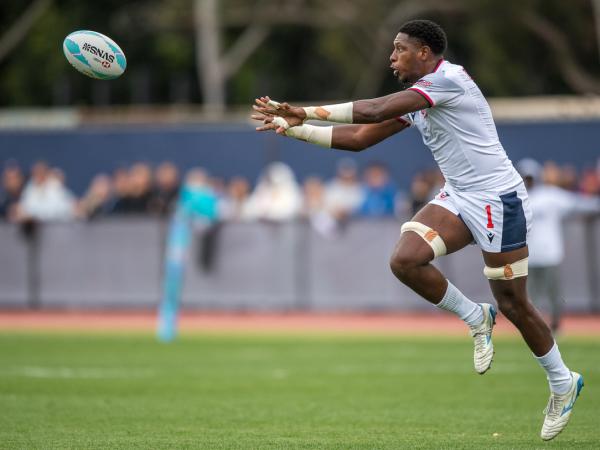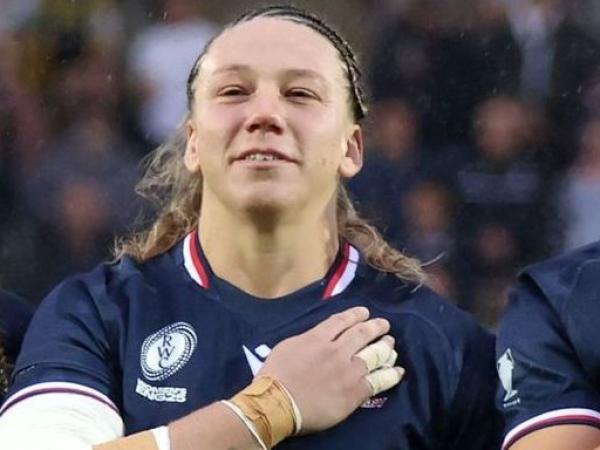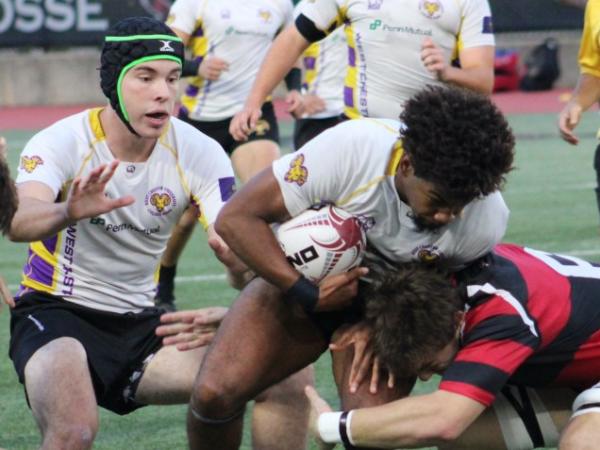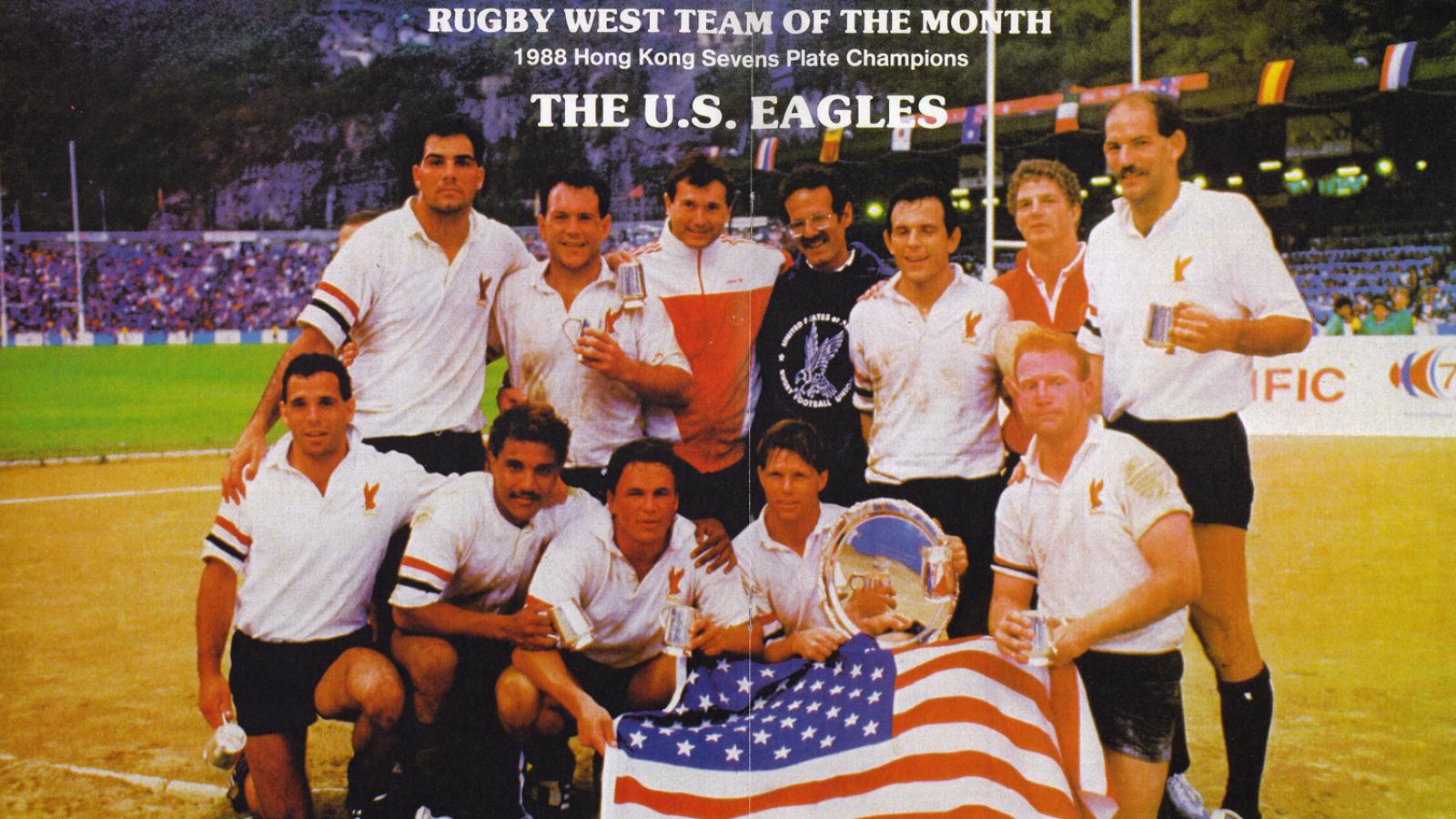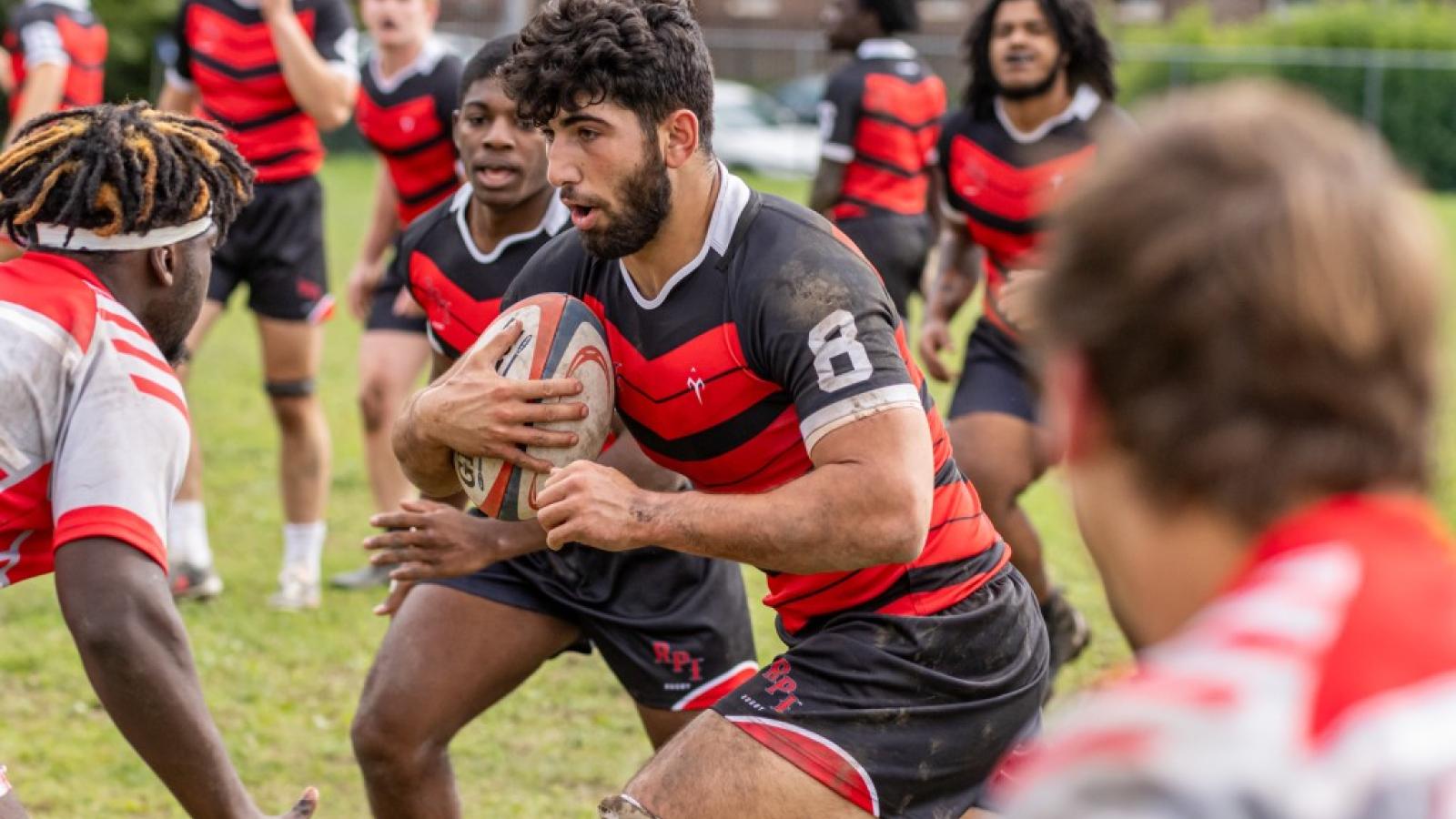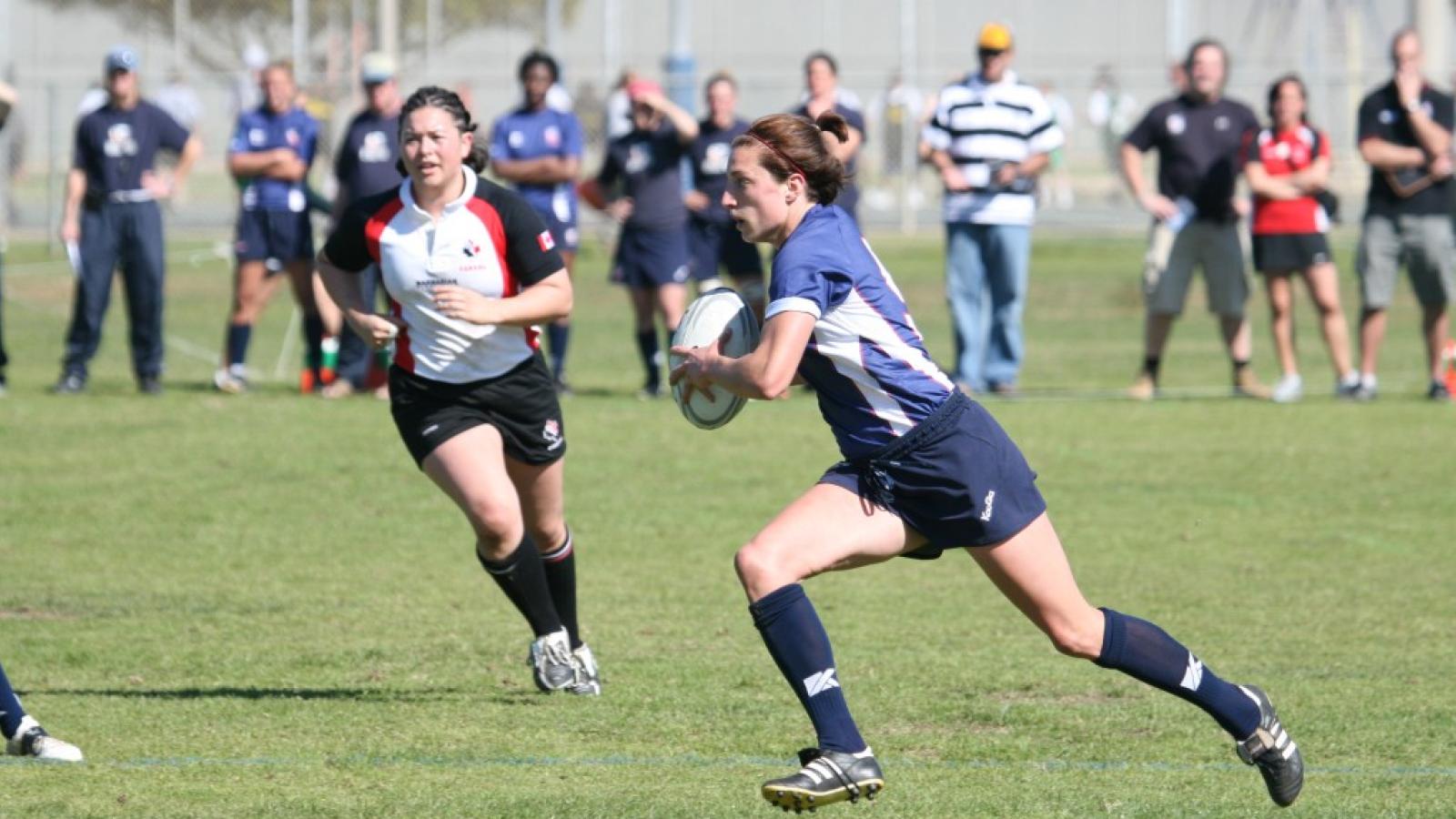This column isn't to say that the USA Men's 15s team is screwed, because they're not, but this column is here today to tell you that they aren't getting any favors.
As noted in our piece on the Eagles roster for the ARC, less than half of the team is slated to be available for the entire run of five games - Eagles Names for ARC - 50% to Play All 5. That's an issue that has been true not only of the young ARC (this is only the second year of the ARC being a full-test competition), but in fall test trips, as well. In fact, while it was for years a characteristic of Eagles rugby that overseas pros didn't take any shenanigans from their clubs; clubs were told by players that when their country called, those players would go, no matter what.
But that has changed. Since former USA Rugby CEO Nigel Melville started a trade plan, it seems that the overseas pro clubs have held the upper hand.
Let's look at the numbers.
In 2016, the Eagles uses 59 players in eight test matches. That's a lot. From 2015-2016 the Eagles used 77 players in 18 tests. Compare that to New Zealand, which in 2016 played 13 tests and used only 41 players.
Compare it to like countries:
| Team | Additional Players Per Game | % players playing 3/4 of Games |
| USA | 5.14 | 8.4% |
| Canada | 2.89 | 16.3% |
| Japan | 4.90 | 2.8% |
| Georgia | 2.10 | 27.3% |
| Romania | 3.10 | 18.5% |
| Tonga | 3.60 | 17.1% |
| Samoa | 5.20 | 16.3% |
| Russia | 2.60 | 19.6% |
| Fiji | 4.40 | 20.0% |
Additional players per game is figured out this way - we assume that a team picks 23 for each game, and each player gets to play. So the first game the team should cap 23 players. After that, we divide the number of players over and above 23 by the number of remaining games. So the USA played 8 games in 2016 and used 59 players. So 59 minus 23 is 36, and we divide 36 by 7 (the games left over after the first one), and we get 5.14.
The other column is pretty straightforward - it's the percentage of capped players who played at least 75% of a team's test matches.
As tracked these numbers covering 2015 and 2016, as well, they change a little - the player turnover goes down but so does the 75% number - but they change for everyone, so the comparison remains. The USA has the second-worst turnover and the second-worst record of repeat players. Only Japan is worse on the number of players playing 75% of their games or more. That's actually a big surprise to us - we'd have figured that with a pro league in Japan they wouldn't have those issues. Samoa's player turnover isn't much of a surprise, because Samoa runs into the same issues as the USA in getting players free from pro clubs.
But overall, it's pretty clear that the USA has a big player continuity problem. Add to that some play-specific information.
Test matches in 2016
Samu Manoa - 1
AJ MacGinty - 2
Blaine Scully - 4
Cam Dolan - 3
Thretton Palamo - 4
Titi Lamositele - 4
Taku Ngwenya - 1
Not one of these major, well-known pros played a full slate of games. Obviously injury can play a part, and certainly it did for Manoa, but still, what the Eagles are doing is playing without some of their best players, while those players are in their prime.
Why? Because in 2014 Nigel Melville worked a deal whereby overseas pros were made available to the Eagles for the November 1 game against the All Blacks, but in return those players (for the most part) were not available for the rest of the fall. But there was no additional tradeoff from the pro clubs. During the February-March window, pro clubs are not making their players available, and those players are still spotty during November and June isn't a sure thing, either.
The tradeoff failed, because it didn't make the overseas pros available more often, or even as often as before. Pro clubs like Americans on their teams in part because those players work enormously hard, but also in part because they will be able to play during the Six Nations and November tours. USA Rugby, which was supposed to have an internationally savvy leadership group that could get pro clubs and various unions to play ball, instead sold out. And worse yet, they sold out while putting the players in the middle.
Including that All Blacks game in 2014, the USA has played 22 test matches since November 1, 2014, winning 7 and losing 15. During that time, they have used 84 players, with no player playing more than two-thirds of the games (Eric Fry leads with 15 out of 22). Some of this is because coaches were changing the lineups to figure out who should play where, and part of this is, of course, because of injury, but a lot has to do with this lousy trade deal.
From January 1, 2012 through October 31, 2014, the Eagles played 20 test matches (almost the same as the 22 since that period). The Eagles used 55 players - 35% less than 2014 through 2016. One player (Eric Fry again) played in every game. Eight players played more than 85% of the games. Were they better? Well their record was 7-12-1, which is about 20% better. But more to the point, it is what we are supposed to see, especially from a program that doesn't have that much depth. We want to see a team formed, not just a group of individuals, and we want to see the coach have a chance to put something special together.
The best USA team I ever saw was in 2003. That team went 7-6, and was unlucky not to be 8-5 (they lost to Fiji 19-18). That team used 39 players, or 1.4 extra per game. Fully 12 of the players participated in at least 75% of the games. The numbers tell the story, and today they don't tell a story of unity.












